Sala10: Tania Candiani
The Sonorous Object
Tania Candiani’s interest in the materiality of sound has led her, among other things, to transform antique machines and electronic devices into sound objects. Nevertheless, her interest in out-of-date technology is not nostalgic: it is rather an archaeology of the media that, in the artist’s thinking, resists the notion of obsolescence.
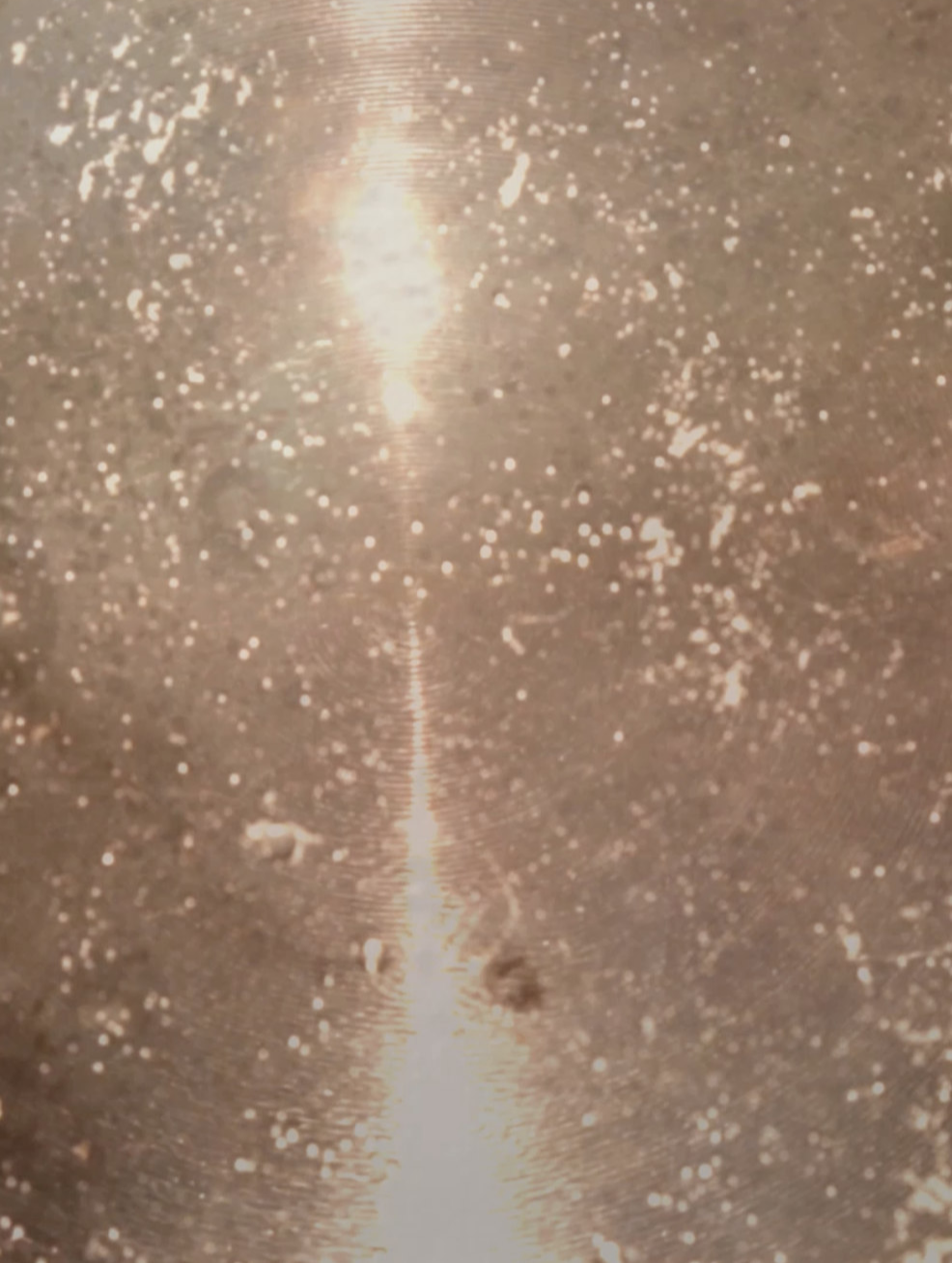
In 2015, Candiani made an initial experiment in this direction by working with a series of eight illustrations from the book Utriusque Cosmi (1617-1621) by the English Renaissance man Robert Fludd (1574-1637). The title of Candiani’s work, Engraving Sound, describes the process: Fludd’s images were engraved on copper plates in such a way that their grooves could be turned into sound waves—like a vinyl record—after being processed by an analog synthesizer. This exercise translated chemistry into sound vibrations through the engraving process. As can be seen here, she is not just interested in the artifact itself, but also in its potential as a conceptual instrument. Candiani has been guided by a way of producing knowledge, represented by Fludd, in which alchemy, music theory, science, philosophy, theology, astrology and mathematics all combine, with no trace of hierarchy between them. Fludd’s engravings express his theories on the harmonic relationship between the macrocosm and the microcosm in terms of a musical equivalence presented as a score for the universe.
In 2019, Candiani returned to this project with The Sonorous Object, a visual essay that utilizes these same engravings in optical experiments involving the refraction of light through electronic microscopes and analog lenses. This repertoire of images is accompanied by a collage of texts that includes philosophical and scientific writings on the perception of nature, mathematics, the hermetic meaning of words, the landscape and the cosmos in relation to the study of acoustic phenomena and the physics and electronics of musical instruments.
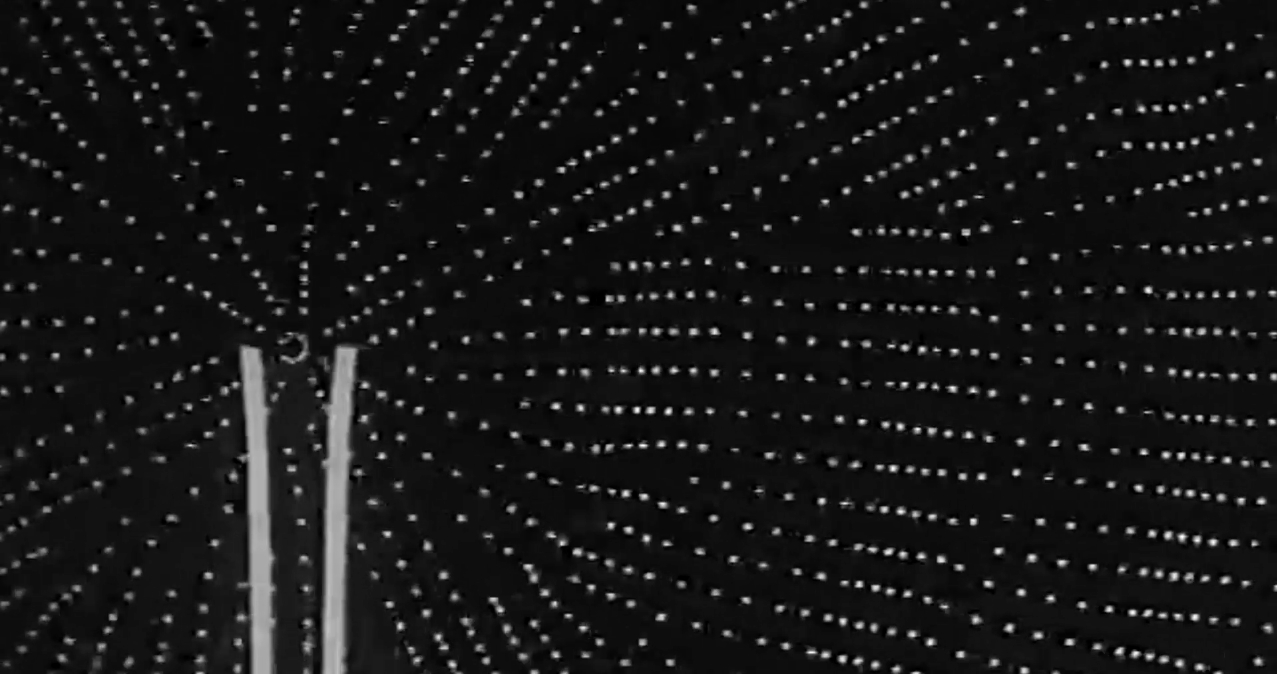
If we examine the script, it is clear how the artist used a glossary as the basis for a manifesto of acoustic ecology that exhorts us to open up channels for listening to the “intelligent soul” of the Earth. Candiani has explored the symbolic potential of the human voice in other pieces, but here her object is more ambitious: nothing less than the voice of the planet itself, that is, the audio frequencies of those lives that live on Earth, which are all too frequently silenced by humans.
Alejandra Labastida
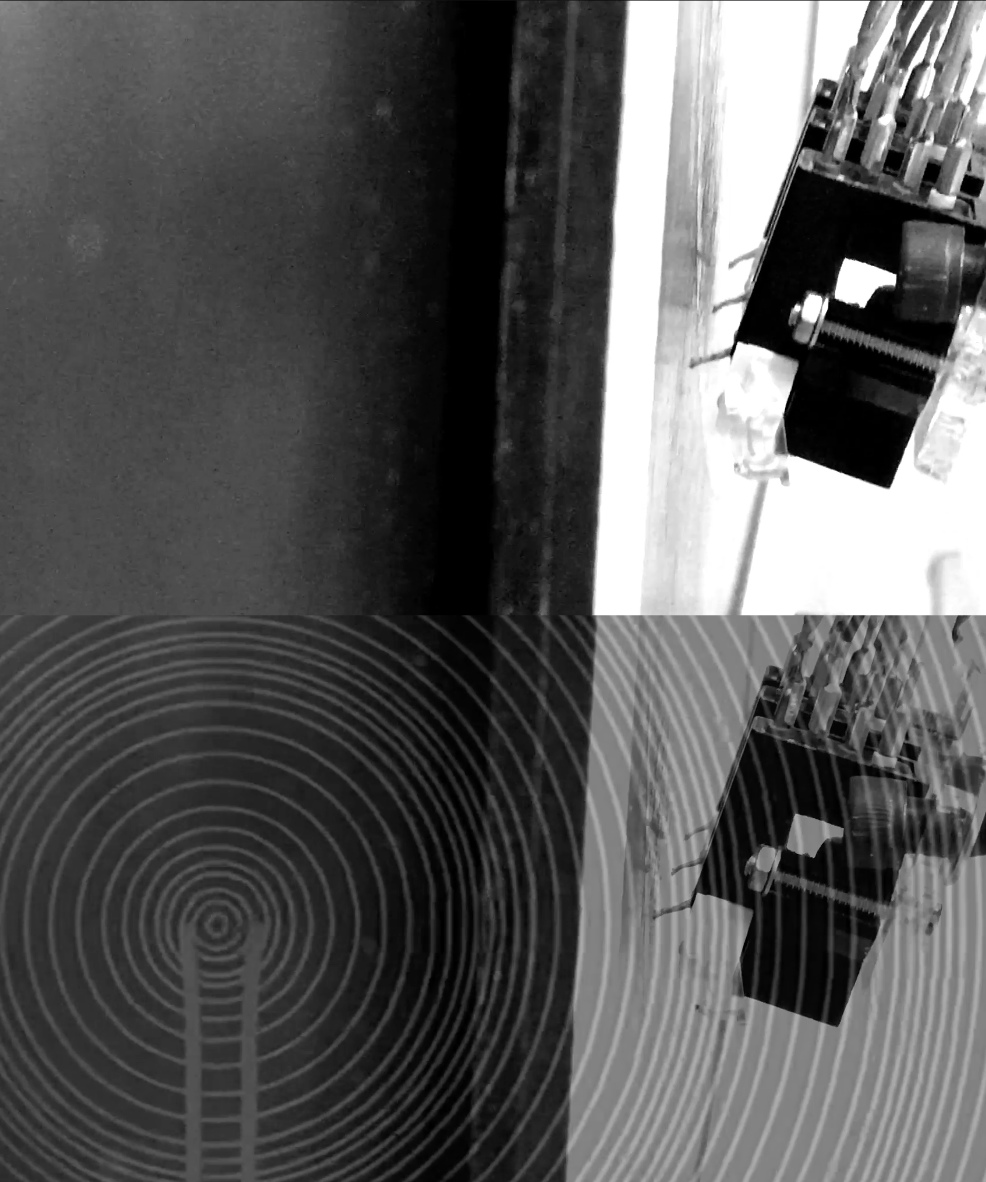
How Tania Decided to Make a Magical, Cosmic Record Player: A Conversation Between Tania Candiani and Alejandra Labastida
Alejandra Labastida (AL): Let’s talk about alchemy. This video was based on a previous project (Engraving Sound) in which you transformed a series of engravings into a musical instrument. These were illustrations by Robert Fludd. At the time they were originally made, the cognitive status of ideograms in alchemy was higher than that of discourse, which was considered suspect in a field of investigation that valued intuition and the senses as the proper path to understanding.[1] You took these engravings, which condense Fludd’s theories on the harmonious relationship between the macrocosm and the microcosm and carried out a fundamentally alchemical operation: the transformation of elements; in this case, images became sound. [...]
COMPLETE CONVERSATION HERE
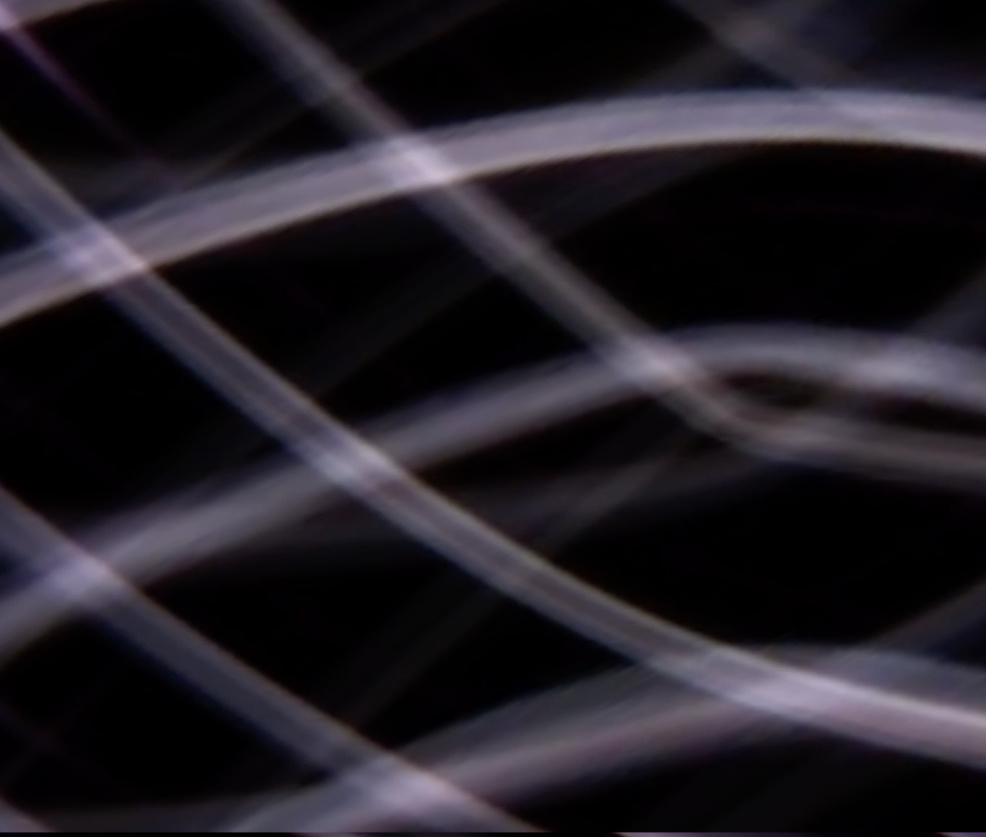
Tania Candiani, The Sonorous Object, 2019
Video, 5’ 59’’
Courtesy of the artist
Camera, sound and editing: Ollin Miranda
Music: Switched on Bach, Jesu, Joy of Man’s Desiring; Isao Tomita, The Planets; Engraving Sound, sounds from the operation of the machine.
Narration: Kerry Doyle
Script: fragments of texts by H. D. Thoreau, F. Nietzsche, R. M. Schafer, V. Flusser, P. Schaeffer, D. Pettman, J. Kepler, Rosicrucian manifestos, and R. Fludd.
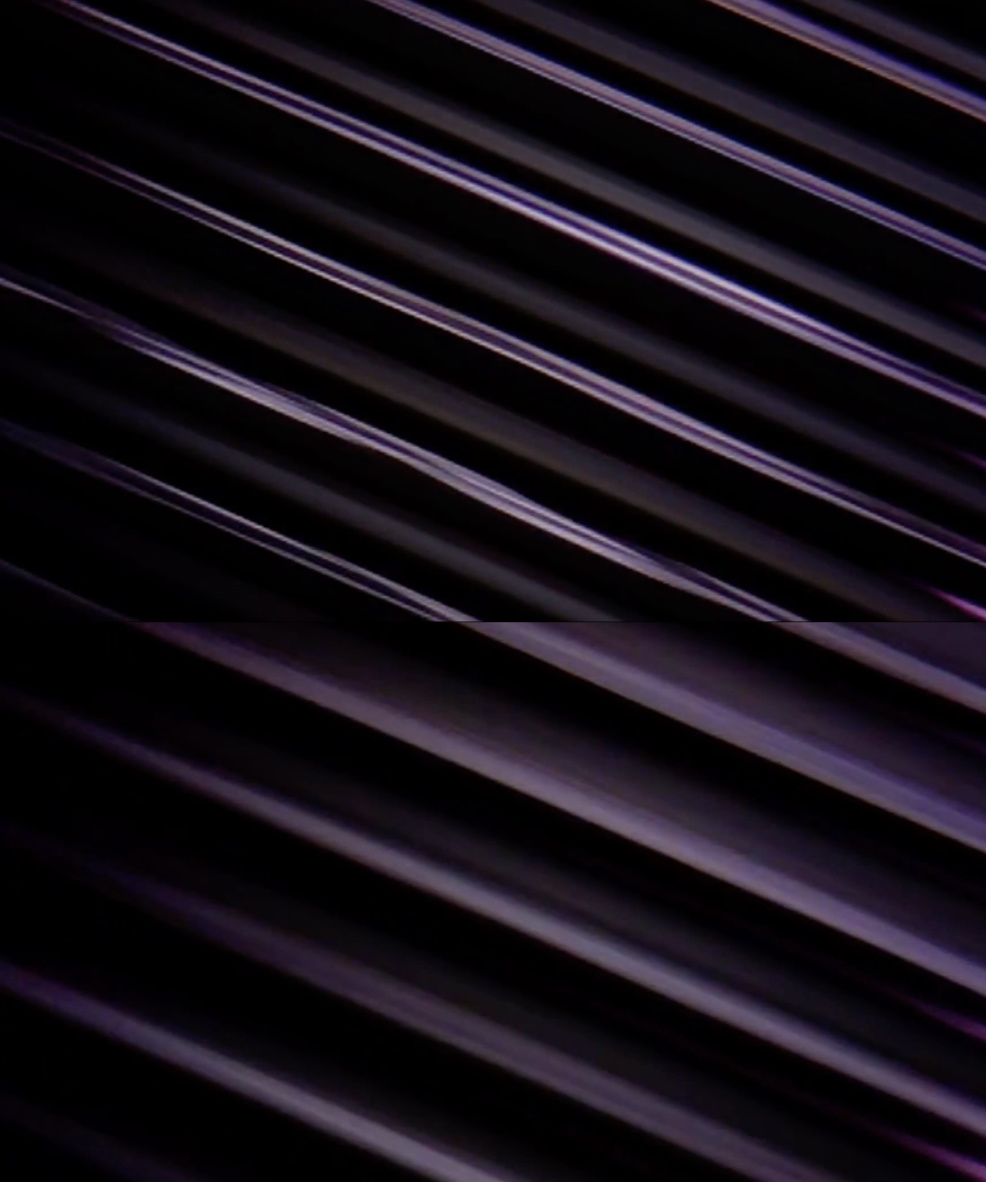
Tania Candiani
(Mexico City, 1974; lives and works in Mexico City)
Tania Candiani has worked in a variety of media and practices, yet always maintaining her interest in the complex intersection between phonetics, graphics, linguistics, the symbolic and the technological. She has employed a variety of narratives of association, reordering, remixing and playing with the correspondences between technology, knowledge and thought. She thus utilizes the idea of organization and reorganization as a discourse and critical thought and empirical research as raw production material.
Translation between different systems of representation is key to the materialization of her pieces. She has created interdisciplinary work groups in different fields, consolidating intersections between art, design, literature, music, architecture and science, with an emphasis on early technologies and their history in the production of knowledge. Her projects connect to artisanship, labor, tradition, sound, synesthesia, rhythm and translation.


